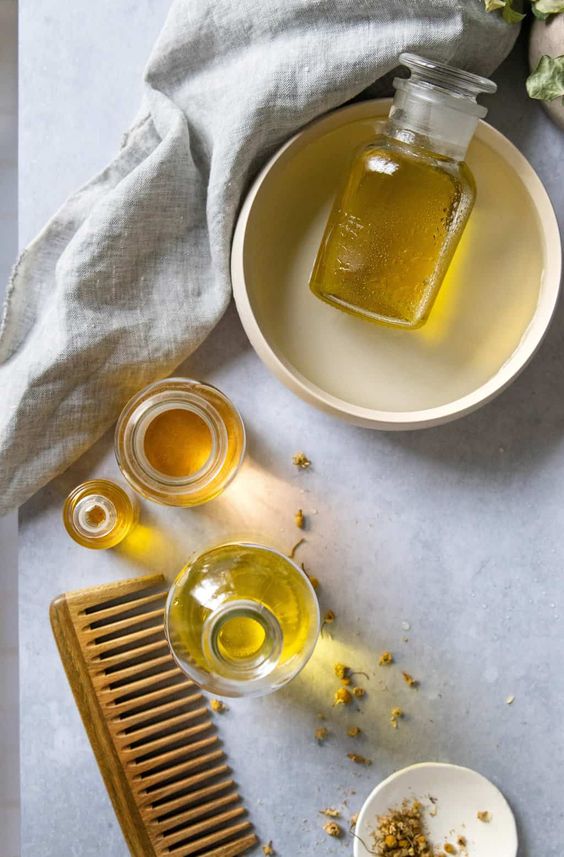Today, we’re transforming roses into a delightful lip balm!
To get started, you’ll need rose petals. You can either collect fresh petals from roses in your garden (ensure they’re pesticide-free) or purchase dried, organic petals online from sources like Mountain Rose Herbs.

If you’re using fresh roses, start by spreading the petals in a single layer on a paper towel or brown paper bag. Let them air dry for a few days to remove any moisture. This step helps prevent excess water, which could cause the oil to spoil more quickly.
Once the petals are fully dried, we’ll create a rose-infused oil, just like we did for the Rose Petal Salve a few weeks ago.

Make the Rose Infused Oil
Fill a jar with dried rose petals, aiming to fill it about halfway to three-quarters full. The size of the jar you use will depend on how many petals you have. For a small batch, use a smaller jar; for a larger amount, opt for a bigger one.
Exact measurements aren’t crucial here—you just want to fill the jar with dried petals and then cover them with oil.
As for the oil, the choice is yours! I personally prefer Olive Oil or Sunflower Oil for lip balms, but other oils like Avocado Oil, Sweet Almond Oil, or Apricot Kernel Oil will also work beautifully.
Choose the Slow Method or Quick Method
For the slow method, cover the top of your jar with a few layers of cheesecloth and secure it with a rubber band. Place the jar in a dark cabinet and let it sit for 3 to 4 weeks to infuse.
For the fast method, gently set the jar into a pan with a few inches of warm water. Heat it slowly over medium-low heat, keeping the burner on for 1 to 2 hours. Afterward, remove the jar and let it cool.
Once your oil has infused, you can strain it and use it for your lip balm, or you can let it continue to infuse for several more days in a dark cabinet.
If you want a stronger infusion, you can strain the oil and then repeat the process with a fresh batch of rose petals, using the same oil. This technique is called a double infusion.
Your strained rose-infused oil will have a shelf life of about a year. For best results, store it in a cool, dark place.

Peppermint Rose Lip Balm Recipe
- 1 tablespoon shea butter (.5 oz by weight)
- 2.5 tablespoons (1 oz by weight) rose infused oil (use about 1 tablespoon more for tins)
- 1/2 tablespoon castor oil
- 1 tablespoon beeswax (.4 oz by weight)
- powdered alkanet root (for natural color)
- 15 or so drops of peppermint essential oil
Pour a small amount of the rose-infused oil into a bowl or cup and gradually mix in alkanet powder, adding it a little at a time until you form a thick, dark red paste. Set this aside; it will provide a natural color for your lip balm.
Next, place the remaining oils, wax, and shea butter into a heatproof jar or measuring cup. Set the container into a pan with a few inches of water and heat it over low heat, just below a simmer, until the wax and shea butter have melted.
Remove the jar from the heat and slowly stir in the alkanet paste, adding tiny dabs at a time until you achieve the desired color (less for a pink hue, more for a deeper red).
Finally, add a few drops of peppermint essential oil for a refreshing scent. Once everything is well mixed, pour the mixture into lip balm tubes, tins, or sliders and let it set. Enjoy your homemade peppermint rose lip balm!
Notes:
This ratio of oils and beeswax provides a good consistency for lip balm tubes. If you’re using tins, you might want to add up to another tablespoon of oil to make it easier to use.
For a vegan version, substitute candelilla wax for the beeswax. In this recipe, use about 1/2 tablespoon of candelilla wax in place of the 1 tablespoon of beeswax.
Castor oil is a key ingredient that gives your lip balm a glossy, smooth finish, so try to include it if possible.
You can also swap the shea butter for other butters like mango or cocoa butter if you prefer.
If you don’t have peppermint essential oil or don’t want to use it, you can either omit it or replace it with other flavors like spearmint or sweet orange.
If you’re not a fan of roses, feel free to substitute with another edible flower or herb, such as violet leaves, lemon balm, mint leaves, or calendula.
For more ideas on customizing your lip balm recipes, check out my post: How to Create Custom Lip Balms.
Please note: If you’re pregnant, alkanet root may be contraindicated for you. Always consult with a qualified healthcare provider for professional advice.
conclusion
In conclusion, making your own rose-infused lip balm is a fun and customizable way to create a natural, nourishing product for your lips. Whether you choose the slow or fast infusion method for your rose oil, the possibilities for customization are endless. You can experiment with different oils, waxes, butters, and scents to create a lip balm that perfectly suits your preferences. Remember, if you’re pregnant, it’s important to check with a healthcare provider before using certain ingredients like alkanet root. Enjoy the process and the smooth, moisturizing results of your homemade lip balm!






